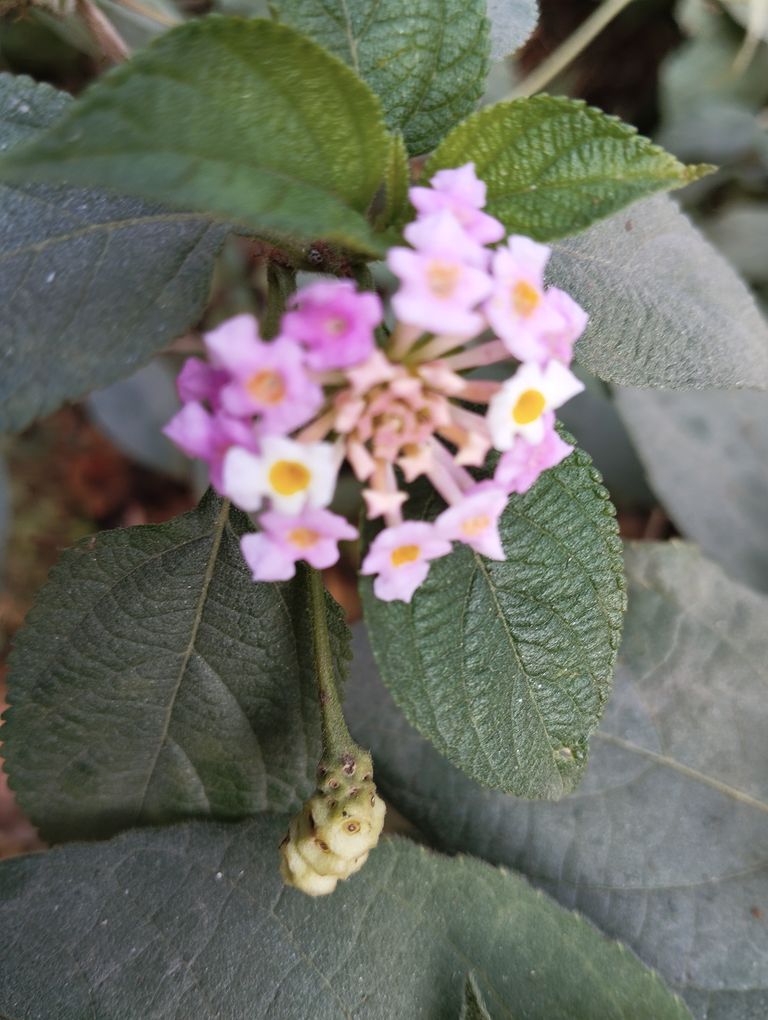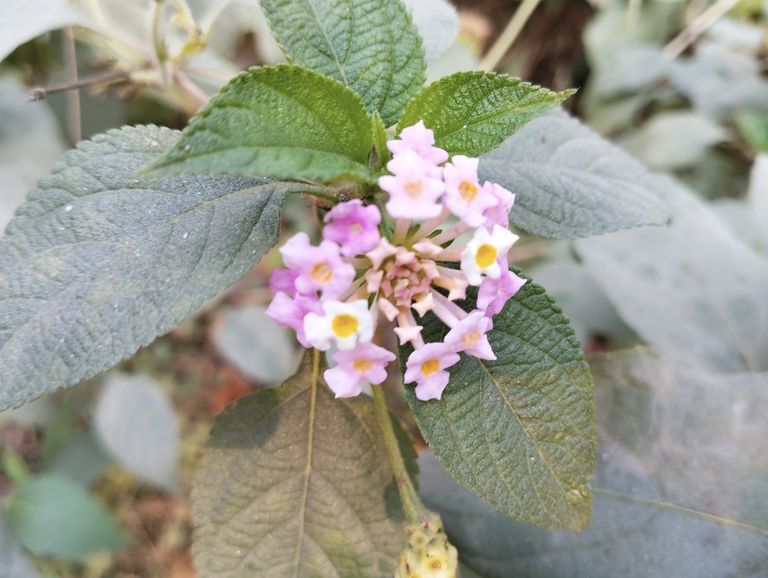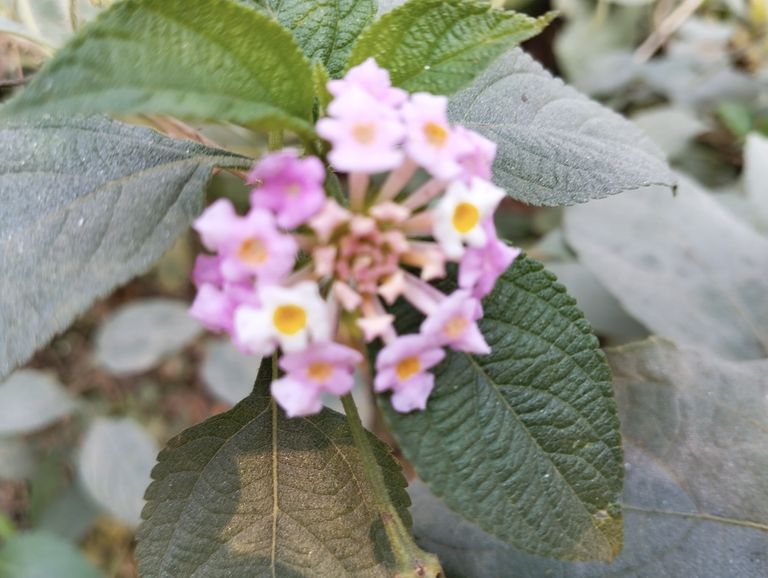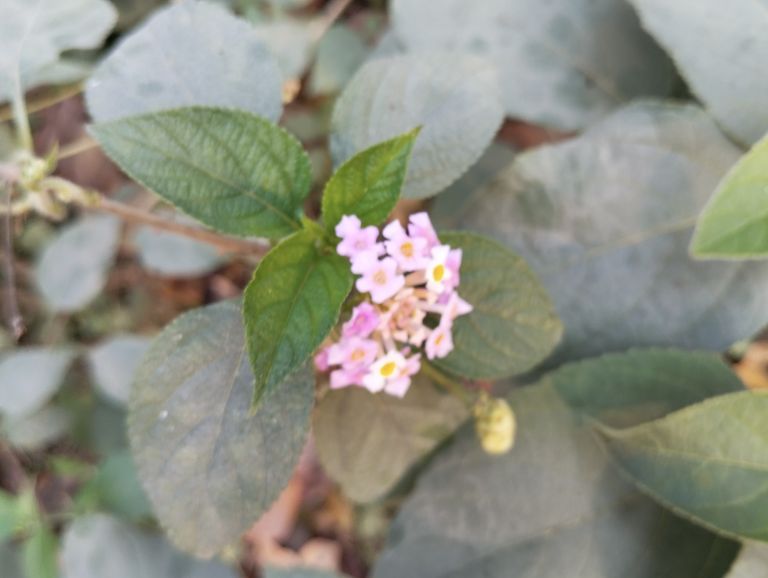
The Beauty of Wildflowers.
Wildflowers, with their untamed elegance and natural charm, add a touch of magic to the landscapes they inhabit. Unlike cultivated garden flowers, wildflowers grow freely, thriving in forests, meadows, mountains, and even by the roadside. They symbolize resilience, adaptability, and the untamed beauty of nature. This blog explores the fascinating world of wildflowers, their significance, and the mesmerizing charm they bring to our environment.
The Unique Charm of Wildflowers
Unlike domesticated flowers that require human care, wildflowers flourish naturally. Their effortless beauty lies in their ability to survive in various conditions, from arid deserts to lush rainforests. The random yet harmonious patterns in which they bloom create a visual spectacle that cultivated gardens often fail to replicate.
Wildflowers are not just aesthetically pleasing but also serve essential ecological purposes. They attract pollinators like bees, butterflies, and hummingbirds, ensuring biodiversity and supporting ecosystems. Their ability to grow in harsh environments highlights nature’s resilience, showing that beauty can emerge even in the most unexpected places.
The Diversity of Wildflowers
Wildflowers come in countless shapes, colors, and sizes. Each species has its own unique charm, adapted to specific climatic conditions. Here are some well-known wildflowers from around the world:
- Bluebell (Hyacinthoides non-scripta)
Often found carpeting woodland floors in Europe, bluebells create a breathtaking sea of blue in spring. Their delicate, bell-shaped flowers sway gently in the wind, filling the air with a subtle fragrance.
- Indian Paintbrush (Castilleja spp.)
A vibrant wildflower native to North America, the Indian Paintbrush gets its name from its brush-like petals dipped in red, orange, or yellow. It thrives in open fields and mountain meadows, adding a splash of color to the landscape.
- Edelweiss (Leontopodium alpinum)
This rare alpine wildflower, native to the mountains of Europe, is often associated with purity and rugged beauty. Edelweiss blooms in high-altitude regions, enduring extreme temperatures and harsh winds.
- California Poppy (Eschscholzia californica)
The golden-orange petals of the California Poppy bring warmth to the dry landscapes of the western United States. This resilient wildflower symbolizes peace, sleep, and dreams.
- Himalayan Blue Poppy (Meconopsis betonicifolia)
A rare and enchanting wildflower, the Himalayan Blue Poppy thrives in the cool, mountainous regions of the Himalayas. Its mesmerizing blue petals make it one of the most sought-after wildflowers among nature lovers.
Symbolism and Cultural Significance of Wildflowers
Wildflowers have inspired poets, artists, and storytellers for centuries. Their delicate yet resilient nature often symbolizes love, freedom, and survival.
Freedom and Independence: Unlike cultivated flowers, wildflowers grow wherever nature allows, symbolizing the spirit of independence.
Love and Remembrance: Many wildflowers are associated with love and memories. Forget-Me-Nots, for instance, symbolize everlasting love and remembrance.
Spirituality and Purity: In many cultures, wildflowers are seen as divine gifts, representing purity and peace.
Wildflowers and Their Role in Ecosystems
Wildflowers play a crucial role in maintaining the balance of nature. Their importance goes beyond beauty, as they:
Support Pollinators: Bees, butterflies, and other insects rely on wildflowers for nectar, aiding in pollination.
Prevent Soil Erosion: Wildflowers help stabilize soil, preventing erosion and maintaining land fertility.
Provide Habitat and Food: Many small creatures, from insects to birds, depend on wildflowers for food and shelter.
The Threats to Wildflowers and Conservation Efforts
Despite their resilience, many wildflower species face threats due to human activities. Urbanization, deforestation, and climate change have led to habitat destruction, putting some species at risk of extinction.
Conservationists and environmentalists work to protect wildflower species through:
Wildflower Reserves: Establishing protected areas where wildflowers can grow undisturbed.
Rewilding Efforts: Restoring degraded lands by reintroducing native wildflowers.
Sustainable Gardening: Encouraging people to grow native wildflowers in their gardens to support biodiversity.
How to Appreciate and Protect Wildflowers
Wildflowers deserve admiration and protection. Here are some ways to appreciate and preserve their beauty:
Observe, Don’t Pick: Let wildflowers grow naturally instead of picking them.
Plant Native Wildflowers: Support local ecosystems by planting native wildflowers in gardens.
Educate and Spread Awareness: Teach others about the importance of wildflowers in nature.
Wildflowers are nature’s artwork, painting landscapes with vibrant colors and delicate forms. Their beauty lies in their resilience, adaptability, and ability to thrive without human intervention. Whether in a quiet meadow or a rugged mountain slope, wildflowers remind us of nature’s boundless creativity and strength. By protecting and appreciating these natural wonders, we ensure that future generations can also experience the breathtaking charm of wildflowers.

Creating a Beautiful Garden with Bonful Flowers
A garden filled with Bonful flowers can be a stunning addition to any home, providing a peaceful retreat and enhancing the beauty of your surroundings. Bonful flowers, known for their vibrant colors and delicate appearance, are ideal for creating an eye-catching and fragrant landscape. In this blog, we will explore how to create a Bonful garden, including selecting the right plants, preparing the soil, planting techniques, and maintenance tips.
Why Choose Bonful Flowers for Your Garden?
Bonful flowers are popular among garden enthusiasts due to their:
Vibrant Colors: Bonful flowers bloom in a variety of colors, making your garden visually appealing.
Fragrance: Their pleasant scent creates a refreshing atmosphere.
Low Maintenance: These flowers are easy to grow and require minimal care.
Attraction for Pollinators: They attract butterflies and bees, which help pollinate other plants in your garden.
Step-by-Step Guide to Creating a Bonful Garden
- Selecting the Right Location
To ensure healthy growth, choose a location that receives ample sunlight—at least 4–6 hours of direct sunlight per day. However, if you live in a very hot climate, a partially shaded area will prevent the flowers from wilting.
- Preparing the Soil
Bonful flowers thrive in well-drained, fertile soil. Follow these steps to prepare the soil:
Loosen the Soil: Use a spade or rake to loosen the soil up to 12 inches deep.
Add Organic Matter: Mix in compost or organic fertilizer to improve soil fertility.
Ensure Proper Drainage: Avoid waterlogging by adding sand or gravel if needed.
- Choosing the Right Bonful Varieties
There are different varieties of Bonful flowers. Some popular ones include:
Single-Petal Bonful: These have a simple but elegant look.
Double-Petal Bonful: Known for their fuller blooms and dense petals.
Dwarf Bonful: Perfect for small gardens or potted plants.
Climbing Bonful: Ideal for decorating walls, fences, and trellises.
Choose a mix of varieties to create a diverse and colorful garden.
- Planting the Flowers
Sowing Seeds: If you’re planting from seeds, sprinkle them evenly over the soil and cover them lightly with compost.
Transplanting Saplings: If using young plants, dig small holes (6-8 inches apart) and plant them carefully.
Watering: Water immediately after planting to help the roots establish.
- Providing Proper Care and Maintenance
Watering
Bonful flowers require moderate watering. Overwatering can lead to root rot, so it’s best to water them 2–3 times a week, depending on the climate.
Fertilizing
Use organic compost or liquid fertilizer every 2–4 weeks to encourage healthy growth and continuous blooming.
Pruning and Deadheading
Regularly remove dried or dead flowers to promote new blooms. Prune the plants to maintain their shape and encourage bushier growth.
Pest and Disease Control
Common Pests: Aphids and spider mites can attack Bonful flowers. Use neem oil or mild insecticidal soap to keep them away.
Fungal Diseases: Ensure proper air circulation and avoid overhead watering to prevent fungal infections.
- Enhancing Your Bonful Garden
Use Decorative Pots: If you have limited space, grow Bonful flowers in colorful pots or hanging baskets.
Create Flower Beds: Arrange different varieties in layers to enhance the visual appeal.
Add Companion Plants: Grow herbs like basil or marigold nearby to naturally repel pests.
A garden filled with Bonful flowers is a delightful addition to any home. With proper planning, soil preparation, and care, you can enjoy vibrant blooms throughout the year. Whether you have a large backyard or a small balcony, you can successfully grow these beautiful flowers and create a peaceful, colorful retreat. Would you like to start your Bonful garden? Share your thoughts or ask any questions in the comments below.

The Benefits of Wildflowers: Nature’s Hidden Treasures
Wildflowers, often overlooked in favor of cultivated garden flowers, play a crucial role in maintaining ecological balance and benefiting both the environment and humans. These naturally occurring plants thrive without human intervention and offer a wealth of advantages, ranging from supporting biodiversity to providing medicinal and aesthetic value. In this blog, we will explore the many benefits of wildflowers and why they deserve greater recognition and conservation.
- Supporting Biodiversity
Wildflowers provide essential resources for a wide variety of wildlife, including pollinators such as bees, butterflies, and hummingbirds. These pollinators, in turn, support food production and the health of ecosystems.
Food Source for Pollinators: Many species of bees, butterflies, and other insects rely on the nectar and pollen from wildflowers. Without these natural food sources, pollinator populations would decline, affecting agricultural productivity and plant reproduction.
Habitat for Wildlife: Wildflowers create a natural habitat for insects, birds, and small mammals, offering shelter and food. Certain species of birds and insects depend exclusively on specific wildflowers for survival.
Supporting Soil Microorganisms: The roots of wildflowers promote healthy soil by supporting beneficial microorganisms, which contribute to soil fertility and plant health.
- Improving Soil Health and Preventing Erosion
Wildflowers help maintain soil stability and prevent erosion, particularly in areas prone to soil degradation. Their deep roots bind the soil, reducing the risk of landslides and desertification.
Enhancing Soil Fertility: Many wildflower species, such as clover and lupines, fix nitrogen in the soil, improving its fertility and benefiting other plants growing nearby.
Preventing Soil Erosion: The extensive root systems of wildflowers hold soil particles together, preventing them from being washed away by rain or wind. This is particularly important in regions affected by deforestation and climate change.
Restoring Degraded Land: Wildflowers can be used to rehabilitate barren or degraded land, making them valuable for conservation and land restoration projects.
- Medicinal and Herbal Uses
Many wildflowers have been traditionally used for medicinal purposes across cultures. These plants contain compounds that have been used to treat various ailments.
Echinacea (Coneflower): Known for boosting the immune system and fighting colds and infections.
Chamomile: Used in teas to aid digestion, reduce stress, and promote sleep.
Lavender: Known for its calming effects and used in aromatherapy to reduce anxiety and insomnia.
St. John’s Wort: Used as a natural remedy for depression and mood disorders.
Dandelion: Contains antioxidants and is used for liver detoxification and digestive health.
The medicinal value of wildflowers highlights the importance of conserving these plants, as they hold potential for future pharmaceutical discoveries.
- Enhancing Aesthetic and Recreational Value
Wildflowers add beauty to natural landscapes, parks, and gardens. Their vibrant colors and diverse shapes create stunning floral displays that attract nature lovers, photographers, and artists.
Boosting Mental Well-being: Studies show that spending time in nature, surrounded by wildflowers, reduces stress, improves mood, and enhances overall mental well-being.
Tourism and Recreation: Many people visit wildflower meadows, national parks, and nature reserves to experience the beauty of these plants. Wildflower trails and seasonal flower blooms attract eco-tourists and hikers.
Gardening and Landscaping: Increasingly, gardeners are incorporating native wildflowers into their landscapes to support pollinators and create natural beauty.
- Environmental Benefits: Air and Water Purification
Wildflowers contribute to a healthier environment by improving air and water quality.
Air Purification: Wildflowers absorb carbon dioxide and release oxygen, helping to mitigate climate change. Some species also filter pollutants from the air.
Water Filtration: The root systems of wildflowers help filter water, removing toxins and preventing contamination of natural water sources. Wetland wildflowers, such as cattails, play a crucial role in purifying water bodies.
Climate Resilience: Many wildflowers are drought-resistant and can thrive in harsh conditions, making them valuable for combating desertification and soil degradation.
- Agricultural Benefits and Pest Control
Wildflowers contribute to sustainable agriculture by attracting beneficial insects and reducing the need for chemical pesticides.
Natural Pest Control: Many wildflower species attract predatory insects such as ladybugs and lacewings, which feed on harmful pests. This reduces the need for chemical pesticides, promoting eco-friendly farming practices.
Companion Planting: Farmers and gardeners use wildflowers to improve crop yields by planting them alongside vegetables and fruits. They enhance pollination and protect crops from pests.
Encouraging Crop Diversity: By supporting pollinators, wildflowers help ensure the reproduction of various food crops, promoting agricultural biodiversity.
- Cultural and Symbolic Importance
Wildflowers hold cultural and symbolic significance in many societies. They have been featured in folklore, literature, and art for centuries.
Symbolism: Different wildflowers symbolize different emotions and qualities. For example, the bluebell represents humility, while the poppy is associated with remembrance.
Traditional Practices: Indigenous communities have used wildflowers for rituals, dye-making, and natural remedies for generations.
Inspiration in Art and Literature: Many poets, painters, and writers have drawn inspiration from wildflowers to express themes of beauty, resilience, and nature’s power.
- Conservation and Protection of Wildflowers
Despite their benefits, wildflowers face threats due to habitat destruction, urbanization, and climate change. Conservation efforts are crucial to preserving these valuable plants.
Creating Wildflower Reserves: Governments and environmental organizations establish protected areas to conserve native wildflower species.
Encouraging Native Plant Gardening: Home gardeners and communities can plant native wildflowers to support local ecosystems.
Reducing Chemical Use: Avoiding pesticides and herbicides helps wildflowers thrive and supports the insects that depend on them.
Raising Awareness: Educating people about the importance of wildflowers encourages conservation efforts and appreciation for these plants.
Wildflowers are more than just beautiful plants; they are vital to the health of our planet and well-being. From supporting biodiversity and improving soil health to offering medicinal benefits and enhancing landscapes, wildflowers play an essential role in nature. By protecting and promoting wildflower growth, we contribute to a more sustainable and balanced environment.
Whether in a meadow, forest, or backyard garden, wildflowers bring life, color, and countless benefits to the world around us. Their conservation is not just an ecological responsibility but also a way to preserve nature’s beauty for future generations. Let’s appreciate and protect wildflowers—nature’s hidden treasures.

The Benefits of Wildflowers: Nature’s Hidden Treasures
Wildflowers, often overlooked in favor of cultivated garden flowers, play a crucial role in maintaining ecological balance and benefiting both the environment and humans. These naturally occurring plants thrive without human intervention and offer a wealth of advantages, ranging from supporting biodiversity to providing medicinal and aesthetic value. In this blog, we will explore the many benefits of wildflowers and why they deserve greater recognition and conservation.
- Supporting Biodiversity
Wildflowers provide essential resources for a wide variety of wildlife, including pollinators such as bees, butterflies, and hummingbirds. These pollinators, in turn, support food production and the health of ecosystems.
Food Source for Pollinators: Many species of bees, butterflies, and other insects rely on the nectar and pollen from wildflowers. Without these natural food sources, pollinator populations would decline, affecting agricultural productivity and plant reproduction.
Habitat for Wildlife: Wildflowers create a natural habitat for insects, birds, and small mammals, offering shelter and food. Certain species of birds and insects depend exclusively on specific wildflowers for survival.
Supporting Soil Microorganisms: The roots of wildflowers promote healthy soil by supporting beneficial microorganisms, which contribute to soil fertility and plant health.
- Improving Soil Health and Preventing Erosion
Wildflowers help maintain soil stability and prevent erosion, particularly in areas prone to soil degradation. Their deep roots bind the soil, reducing the risk of landslides and desertification.
Enhancing Soil Fertility: Many wildflower species, such as clover and lupines, fix nitrogen in the soil, improving its fertility and benefiting other plants growing nearby.
Preventing Soil Erosion: The extensive root systems of wildflowers hold soil particles together, preventing them from being washed away by rain or wind. This is particularly important in regions affected by deforestation and climate change.
Restoring Degraded Land: Wildflowers can be used to rehabilitate barren or degraded land, making them valuable for conservation and land restoration projects.